By Linda Williams, DNR Forest Health Specialist, Woodruff, Linda.Williams@wisconsin.gov or 920-360-0665.
Two very different insects are creating holes in oak leaves this spring, the oak shothole leafminer and the spiny oak sawfly.
Oak shothole leafminer
In 2019 and 2020, many eastern U.S. states noted damage from this insect. While this is mostly a cosmetic issue for the tree, it can cause concern for homeowners and landowners when it appears that their trees are defoliated. The good news is that this damage rarely has an impact on the health of larger trees.
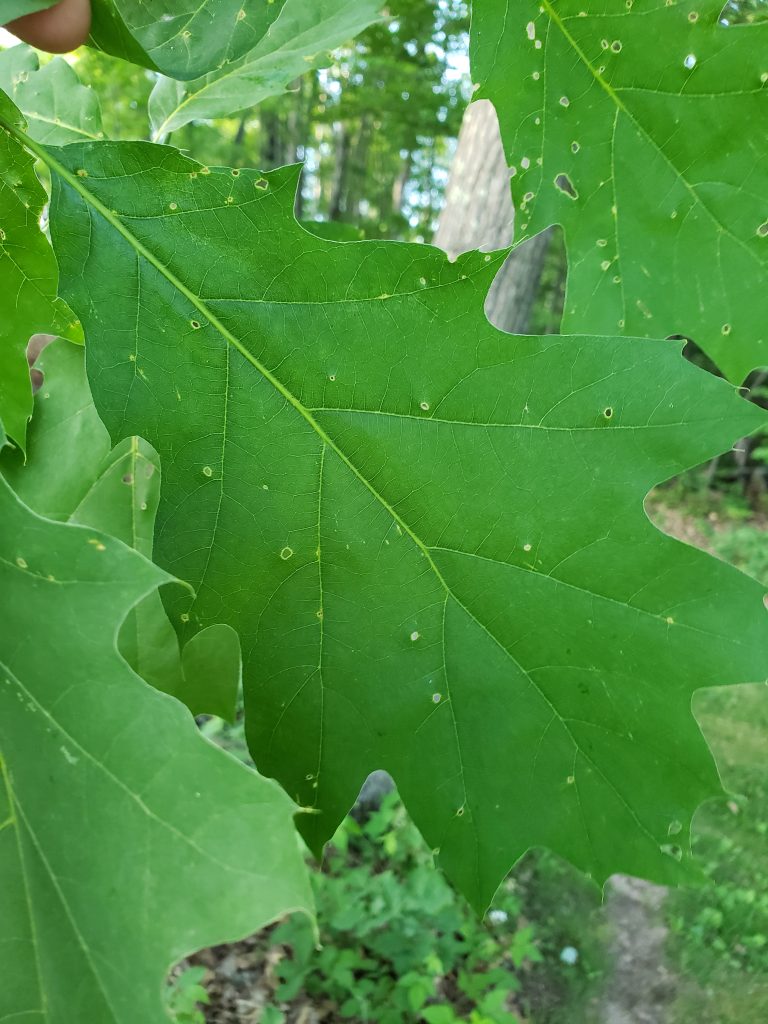
Small holes in the leaf, often with similar holes on the both sides of the main vein, indicate damage from oak shothole leafminer adults.
Continue reading “Oak Shot Hole Leafminer And Spiny Oak Sawfly”

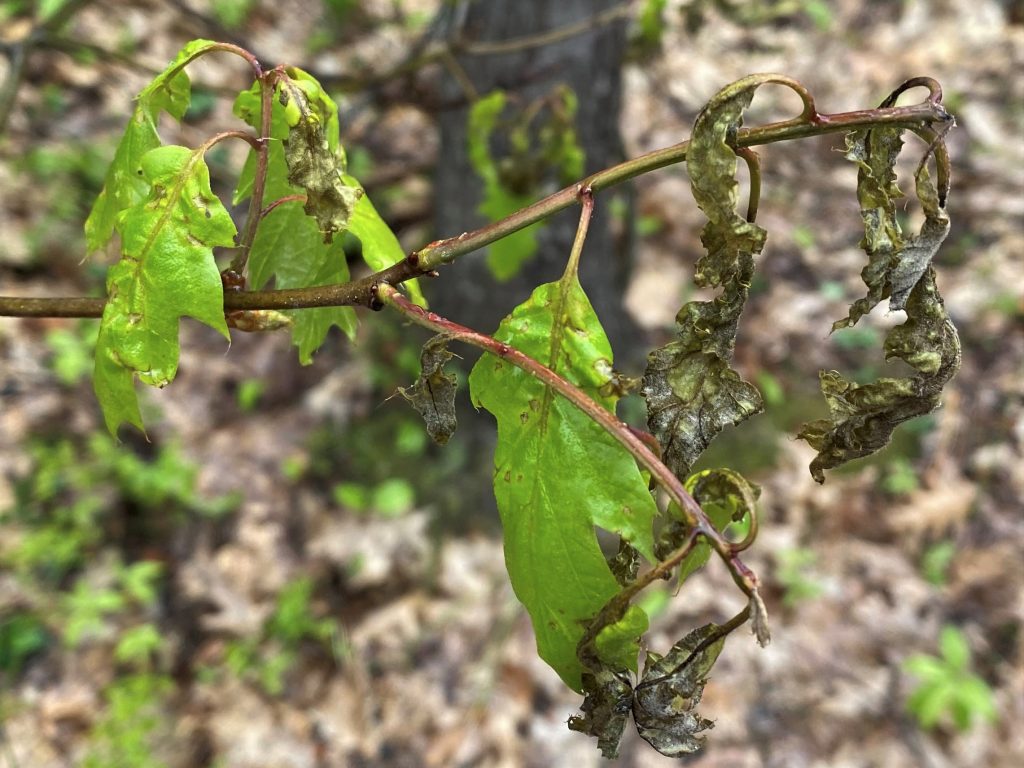
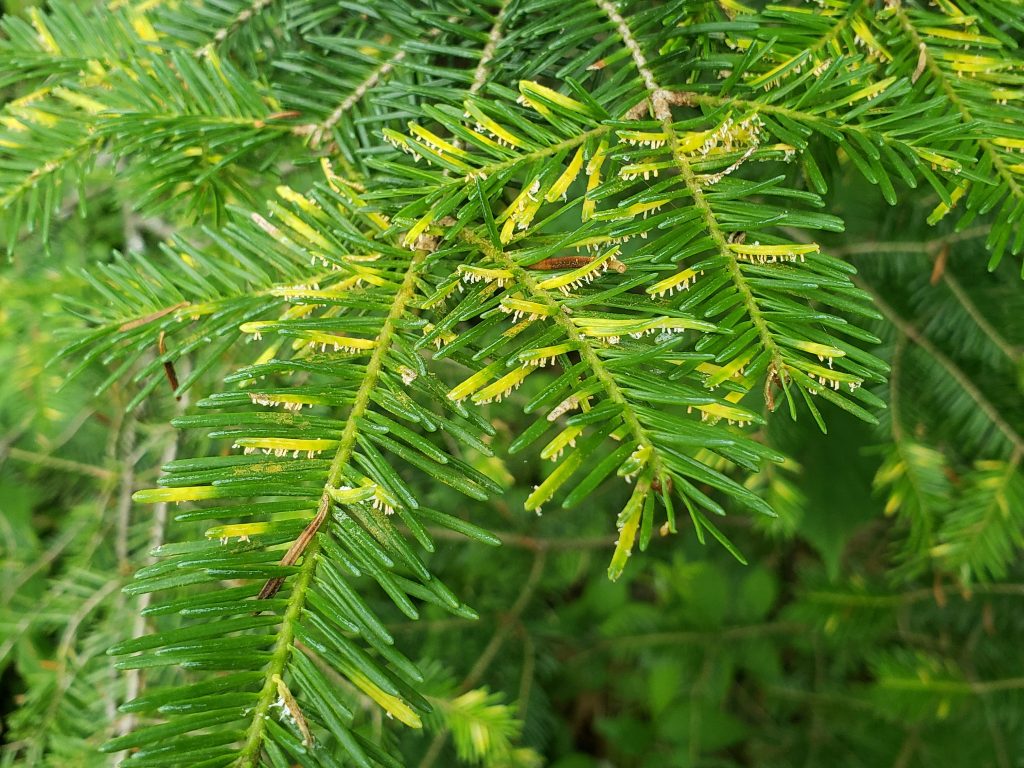
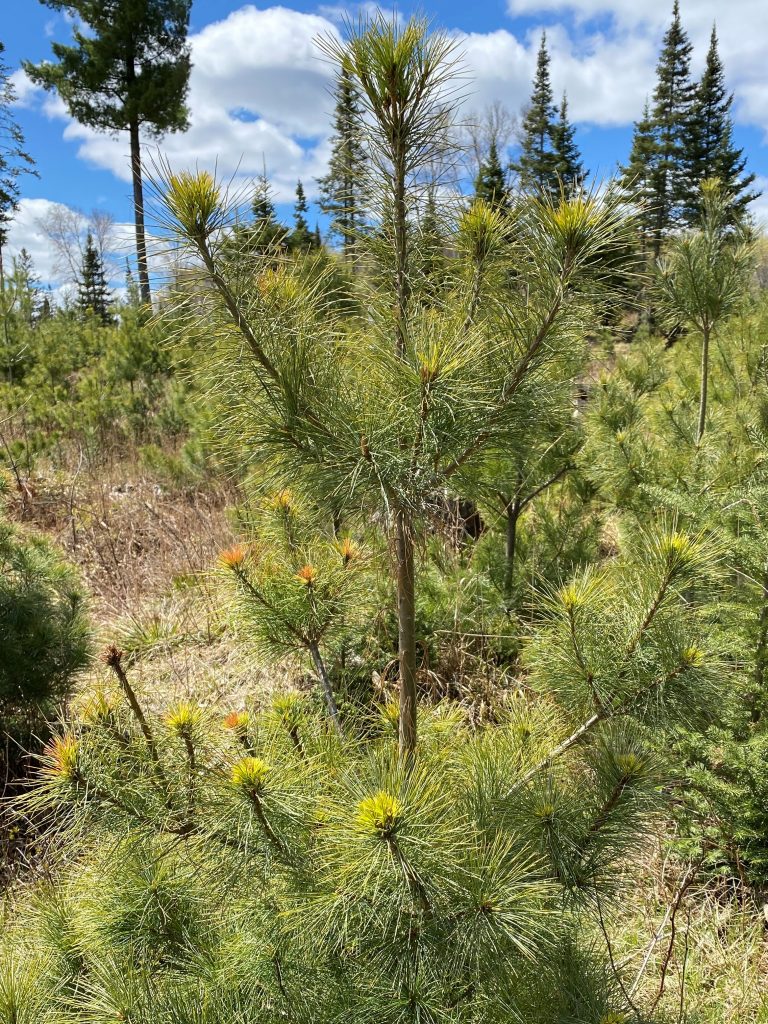
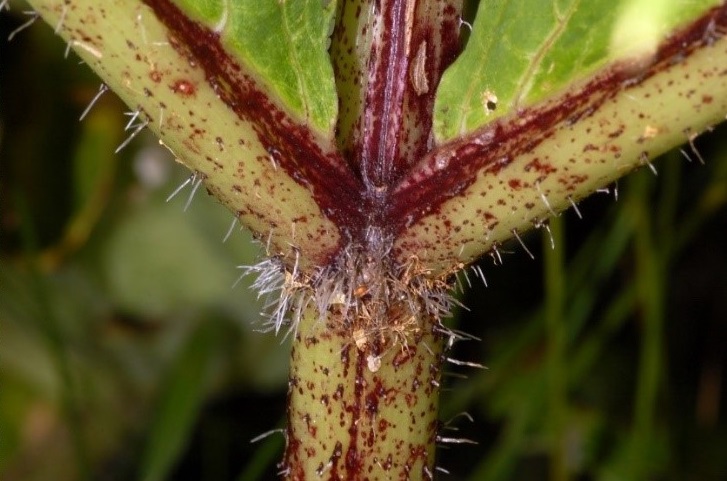
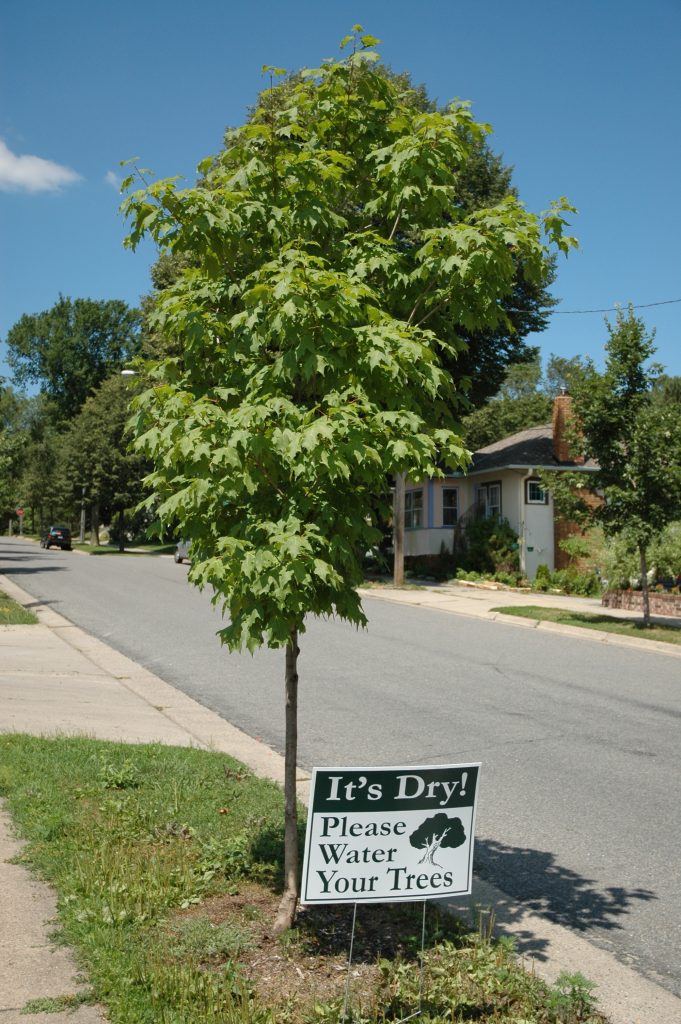
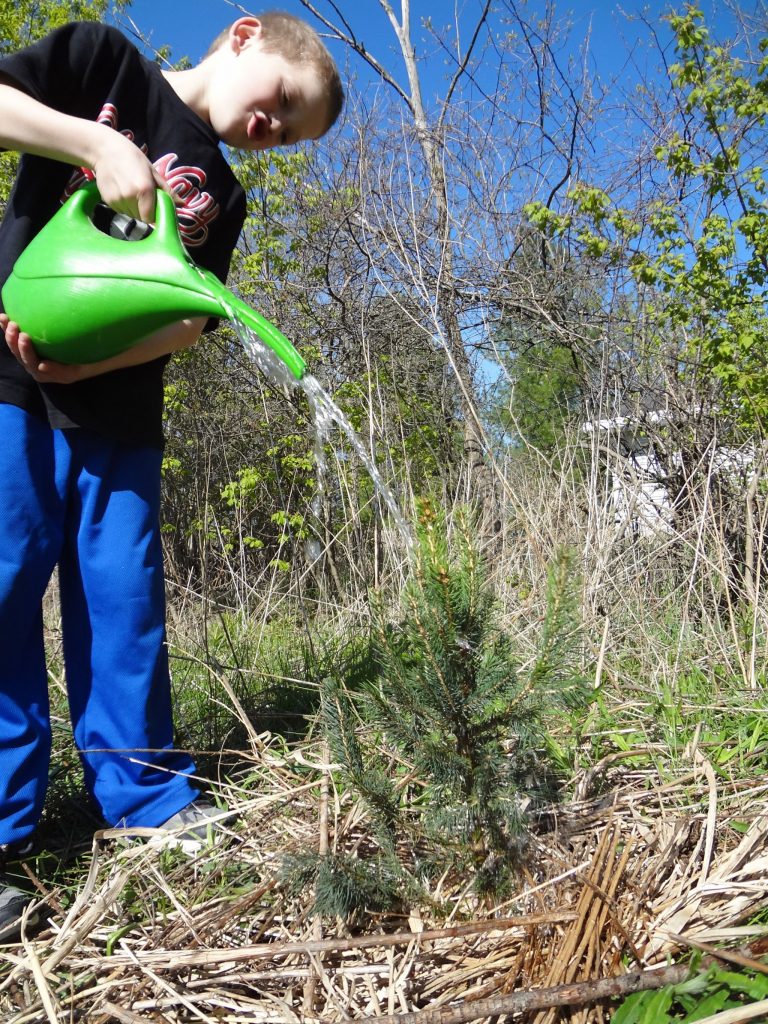 Most of you are doing your best to keep things watered, but you could always use some help. Below are a few ideas for public awareness and pleas to get homeowner assistance in watering trees. As always, contact your
Most of you are doing your best to keep things watered, but you could always use some help. Below are a few ideas for public awareness and pleas to get homeowner assistance in watering trees. As always, contact your  Don Kissinger, Urban Forestry Coordinator for the north-central region, is retiring after nearly 29 years at the Wisconsin Department of Natural Resources (DNR). His last day in the office was May 21, 2021.
Don Kissinger, Urban Forestry Coordinator for the north-central region, is retiring after nearly 29 years at the Wisconsin Department of Natural Resources (DNR). His last day in the office was May 21, 2021.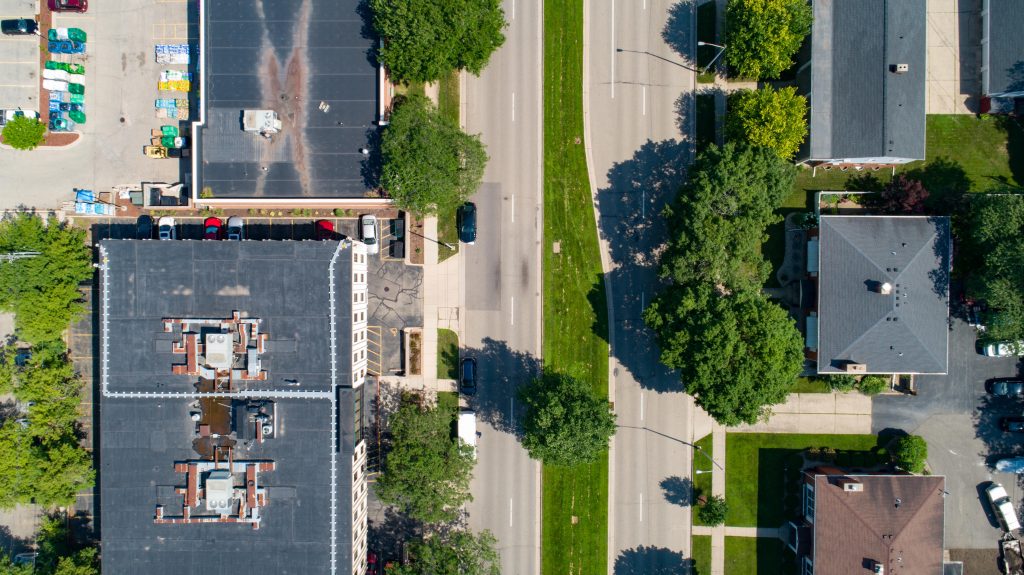 Cities, villages, towns, counties, tribes and 501(c)(3) nonprofit organizations in or conducting their project in Wisconsin are encouraged to apply for a regular or startup 2022 Wisconsin Department of Natural Resources (DNR) Urban Forestry Grant!
Cities, villages, towns, counties, tribes and 501(c)(3) nonprofit organizations in or conducting their project in Wisconsin are encouraged to apply for a regular or startup 2022 Wisconsin Department of Natural Resources (DNR) Urban Forestry Grant! Recognizing that trees and vegetation are among the features that make communities special places for residents and visitors, American Transmission Company (ATC) will continue to offer funding for planting projects in communities in its service area through its Community Planting and Pollinator Habitat programs.
Recognizing that trees and vegetation are among the features that make communities special places for residents and visitors, American Transmission Company (ATC) will continue to offer funding for planting projects in communities in its service area through its Community Planting and Pollinator Habitat programs.